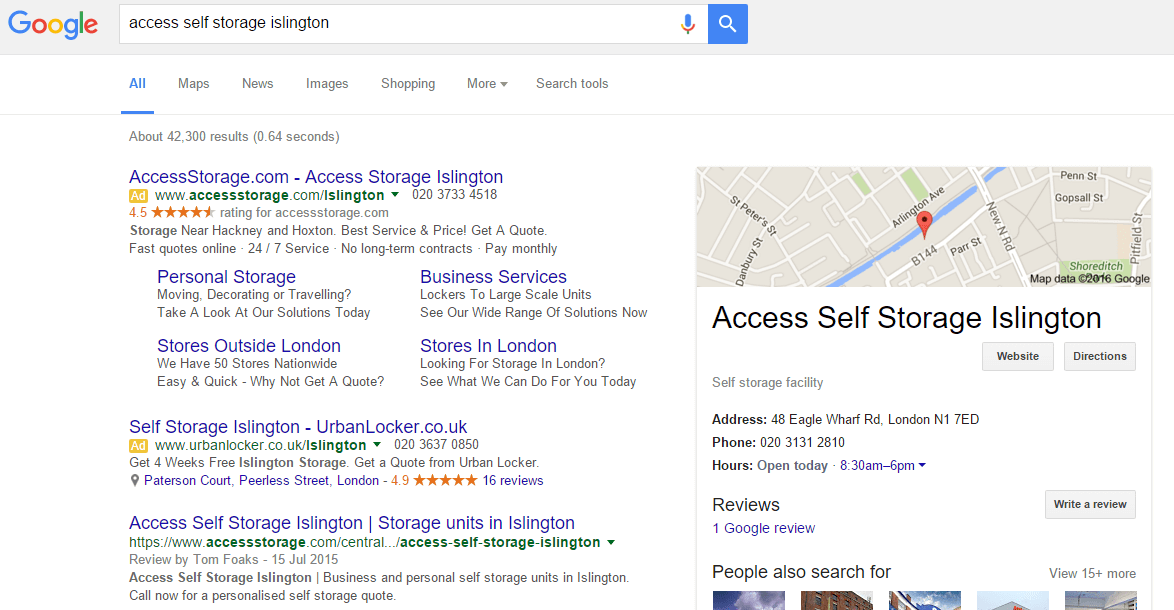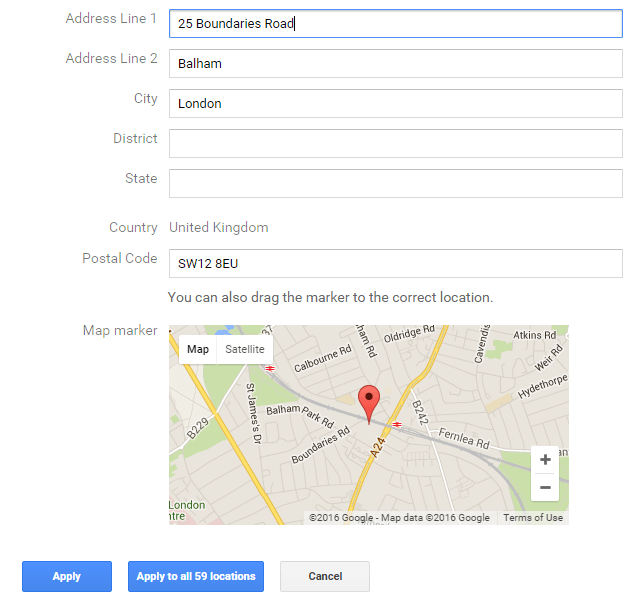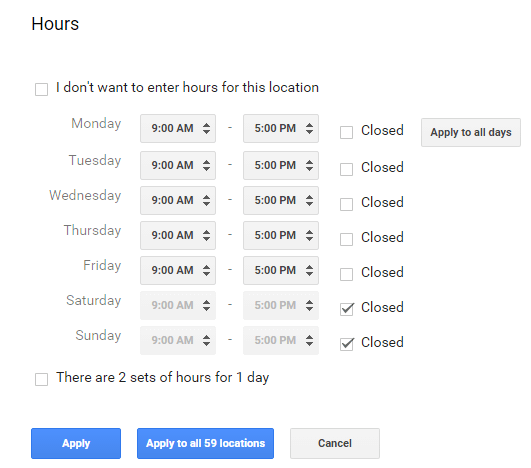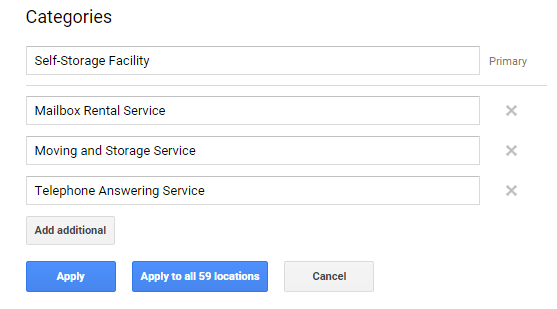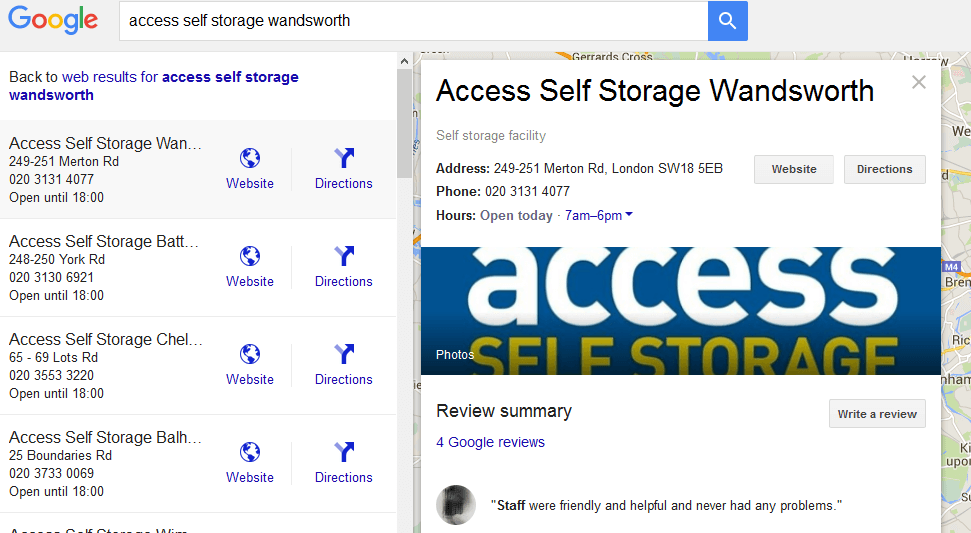Changes to Google Local's API mean local businesses need to rethink their SEO. Here's a step-by-step guide to help you navigate Google My Business.
Solving The Google My Business Confusion
Changes to Google Local's API mean local businesses need to rethink their SEO. Here's a step-by-step guide to help you navigate Google My Business.

The search engine landscape is a constant battle for organic search success. However SMEs often work with limited marketing budgets, so it’s important they use all the free tools available to them to generate new business.
Having to manage the marketing for 57 different UK stores gives you a good understanding of Google’s business listing tools.
Ideally when people are searching for your business online, you want to ensure that any keyword phrases that they use in combination with a location bring up your store for that area. You need your prospective customers to be able to see where the store is, when it’s open and what other people think of it.
Google has not made this easy for SMEs: constant changes to the way they want businesses to set themselves up on Google’s platform have left a lot of businesses confused. In the past, best practice advice for SMEs was to set up a Google+ Local page to display information in Google’s search engine results pages, however in early November 2015, Google effectively retired Google+ Local pages. Now, when a prospect searches for you online they see one of two things:
The Local Finder Knowledge Panel
The Maps Knowledge Panel
The key to optimising your Google business listing is proper management of your Google My Business account. In this account you can keep all the information about your business updated and relevant for your customers. Even if you have just one store location, Google My Business is essential to ensuring local online visibility, and there are four main areas you should focus on.
Store Location
Consumers want things to be easy. Nothing will frustrate a prospective customer more than not being able to find you. For this reason, and because there are more “Near me…” searches on mobile devices than ever before, it’s important to have the precise location of your store set up in Google My Business. Google will return the business listings that are closest to the searcher, so this could make a huge difference to your footfall and sales.
Using Google My Business, specifying your address is a cinch: in the address section you can drag the marker to exactly where your store is, leaving no room for misunderstanding.
Store Opening Times
How often have you had to check what time your local supermarket closes using Google? Maybe your prospective or current customers need to see what time your store is open as well?
If you run a business with several locations, which may have different opening hours, Google My Business becomes invaluable, as you are able to set the times for each store, meaning your customers won’t be disappointed.
Furthermore, a recent addition is the “Special Hours” section, which allows you to override the opening hours for specific dates and times – extremely handy if you’re trying to run a business but have a doctor’s appointment in the afternoon that you need to close the shop for.
Categories
We all want our business to come up in relevant searches and this can be done easily in Google My Business by tagging relevant business categories. This will ensure you are visible to anyone who searches for terms related to those categories in an area near your store.
While just having one category will work, it is advisable to have as many as possible so that your business is associated with as many keyword phrases as possible. That said, ensure that you keep it relevant, otherwise you’ll only be attracting people for the wrong reasons!
Reviews
Customer feedback is vital: reviews can really help your business stand out against the competition, especially on Google (in the Local Finder Knowledge Panel example above you’ll see only three businesses initially listed in the ‘deck’. Obviously there are more than three possible results Google could return – reviews are rumoured to be a contributing factor to the results Google returns – the more you have, good or bad, the more likely it is your business will appear in the deck).
Unfortunately gathering reviews is not as easy as it should be: you need a customer feedback process that ensures they leave reviews on your My Business listing.
To do this, your customer needs a Google account. Luckily, these days the majority of people seem to have one (if they have a Gmail address, they’re good). The process is thankfully quite simple: they just need to Google your store, click on your Google My Business listing, and then select “Write a review”. Trial it yourself and then think about how you can make this process part of your day-to-day customer relationship management.
In summary: whilst the recent Google Local API changes have changed standard SEO procedures for local businesses, Google My Business is easy to use and allows a degree of personalisation that will make your business stand out from the competition.
By setting up your location, opening times, and categories correctly, you will ensure your customers have the best possible experience with your business. Furthermore, implementing a good customer feedback process that includes leaving reviews on Google will increase your search engine visibility and have a positive effect on sales.
Stavros Vichos is marketing manager at Access Self Storage which provides a wide range of secure self storage units for personal and business customers.
Thanks for signing up to Minutehack alerts.
Brilliant editorials heading your way soon.
Okay, Thanks!